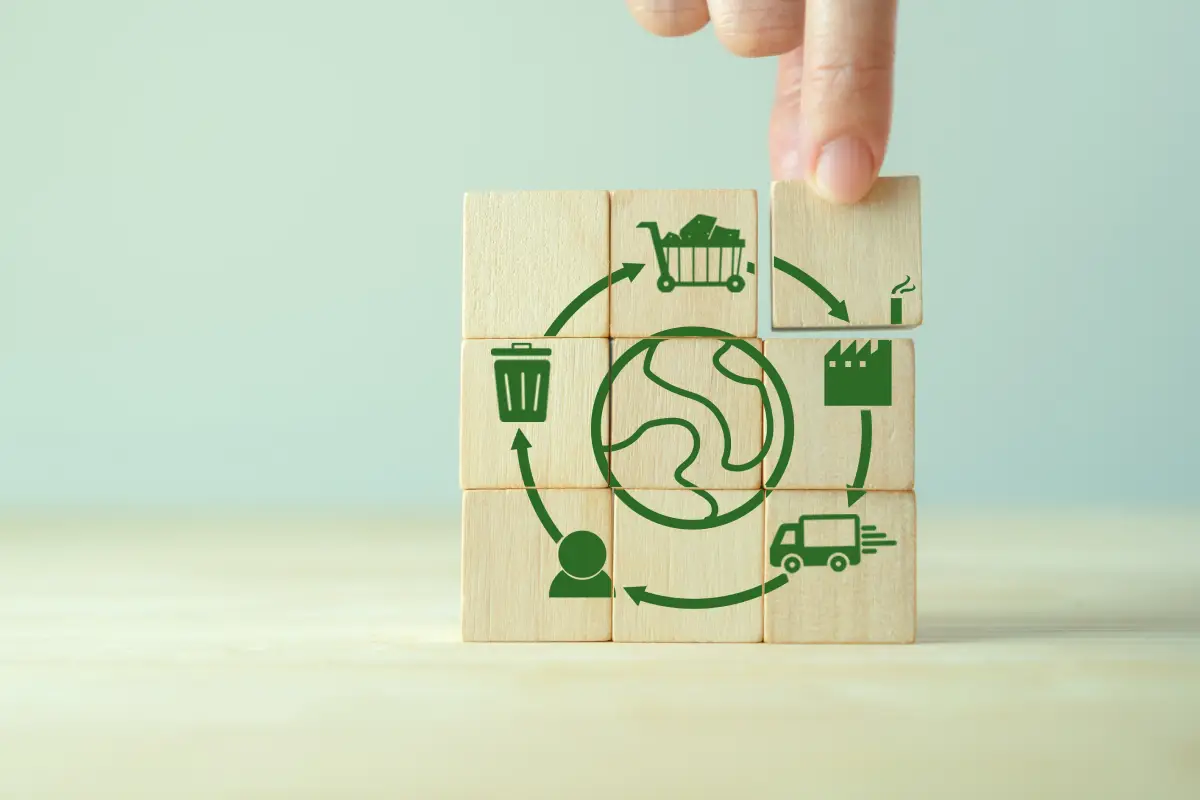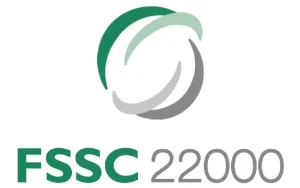Did you know that effectively managing the shelf life of your food products can make the difference between success and failure? Ultimately, comprehending and enhancing each phase of the product lifecycle management is essential for maintaining the relevance and profitability of the product. Join us on this journey and discover practical and effective strategies to transform every challenge into an opportunity for growth.
What is product lifecycle management?
The total duration of a product, from its development phase to its withdrawal from the market, is known as product lifecycle management (Pathak, 2024). This encompasses several stages:
- Introduction: the product is launched on the market. Sales are typically low, and costs are high because of the investment in advertising and promotion. The primary goal here is to raise awareness and generate interest.
- Growth: sales start to increase rapidly. Product acceptance grows and economies of scale start to reduce unit costs. It is therefore crucial to improve distribution and maintain quality.
- Maturity: sales peak. Competition is intense and growth slows down. Companies must focus on product differentiation and find new markets or segments.
- Decline: Sales decline due to market saturation, changes in consumer preferences, or the emergence of new and better products. Strategies here may include reducing costs, finding new uses for the product, or phasing it out.
Importance of product lifecycle management in the food industry
Properly tracking and managing each stage of the life cycle is essential. Since food has an expiration date, it is necessary to optimize each stage of the process for:
- Reduce food waste.
- Maximize freshness.
- Meet consumer expectations.
In addition, stringent regulations and intense competition in the US food market require efficient product lifecycle management. For example (The Food Tech, 2023):
- Good manufacturing practices (GMP) establish basic requirements for hygiene and safety in food production. They include measures such as Hazard Analysis and Critical Control Points (HACCP), a preventive system to identify and control potential hazards.
- In the US, the labeling must provide information on ingredients, nutritional content, expiry date, and manufacturer’s details. Also, warnings about common allergens, such as peanuts, tree nuts, soy, milk, and wheat.
- The Food and Drug Administration (FDA) and the United States Department of Agriculture (USDA) conduct inspections to ensure compliance with food safety regulations and requirements.
Optimization strategies for the product lifecycle management
Food optimization in the United States is crucial to success in a competitive market. It involves strategies such as market research, product innovation, food costing calculation, and targeted marketing. By implementing specific measures at each stage of the lifecycle, companies can achieve benefits such as:
- Maximize their reach.
- Promote maximum food preservation.
- Improve operational efficiency.
- Maintain customer loyalty.
- Ensure long-term sustainability and profitability.
Below are some strategies based on product lifecycle management.
Introduction phase
Firstly, you can:
- Conduct extensive research to understand consumer needs and preferences.
- Develop unique products that offer clear and differentiating benefits. That is, innovate not only in ingredients but also in packaging, presentation, and usability of the product.
- Use targeted advertising campaigns to generate product awareness and trial.
Product lifecycle management: growth phase
Please keep the following in mind:
- Firstly, ensure that the product is available in a variety of outlets. Establishing partnerships with distributors and retailers is key to expanding the product’s presence in the distribution channel.
- Secondly, implement technologies that increase efficiency and reduce costs. Optimize production processes to increase capacity and improve product quality.
- Thirdly, offer promotions, discounts, and free samples to encourage repeat purchases. Loyalty programs undoubtedly retain existing customers and attract new buyers.
Maturity phase
At this stage, the strategies you can follow include:
- Introduce variants of the original product. For example, offer different flavors, sizes, or presentations to appeal to different market segments.
- Identify and reduce unnecessary costs without compromising quality.
- Create programs that reward frequent customers and encourage brand loyalty.
Decline phase
Finally, follow these tips:
- First, search for creative methods to utilize the product or modify it for different purposes. Exploit, for example, the benefits of organic farming.
- Then, identify and target international markets or untapped niches. Evaluate the possibility of exporting the product or adapting the offer for new demographic segments.
- Finally, implement strategies to reduce obsolete inventories and minimize losses. Optimize the supply chain to avoid overages and ensure product freshness.
Transform challenges into opportunities for success
Understanding and effectively managing the product lifecycle management is undoubtedly key to maintaining competitiveness and profitability. In the food industry, there are numerous challenges and opportunities. By taking a proactive and strategic approach, you can turn each stage of the lifecycle into an opportunity for innovation, growth, and prosperity. Let’s work together to apply these strategies for a successful future!
Bibliographic references
- Pathak, A. (2024, May 14th). Ciclo de vida del producto: etapas, estrategias, gestión y más. Geekflare.
- Sprintzeal. (2023, October 7th). Product life cycle strategies: key to maximizing product efficiency.
- The Food Tech. (2023, April 9th). Cuáles son las normas de inocuidad alimentaria en Estados Unidos.






